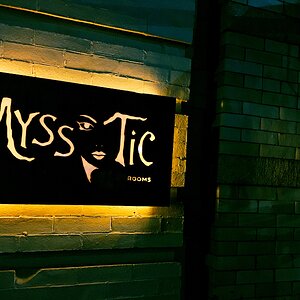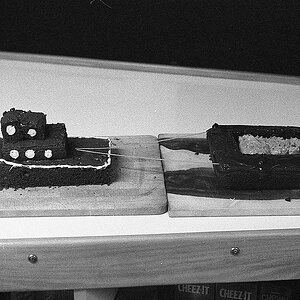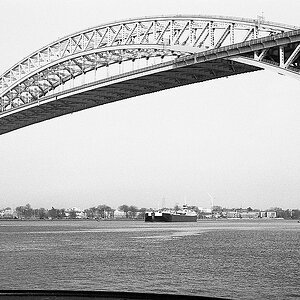Helen B
TPF Noob!
- Joined
- Sep 16, 2007
- Messages
- 3,296
- Reaction score
- 467
- Location
- Hell's Kitchen, New York
- Can others edit my Photos
- Photos NOT OK to edit
But... i still maintain my personal view that HDR as it relates to us photographers (and not computer game designers or graphic artworkers) can be used to discribe the tone mapped representation of the finished HDRI.
I'd like to clarify what I am trying to say here: I see nothing very wrong with the generic term 'HDR' for LDR renderings of HDR-originated images, or even calling things 'fake HDR' - it's an easy shorthand. As I understand it this thread is, however, specifically intended to go further than that loose, almost meaningless description. That's why I suggested that, if you wish to explain things, it may be worth being clear about the role of tone mapping because it is tone mapping that gives most photographic 'HDR' images their characteristic appearance. Moglex did, after all, invite further contributions: "I hope it will stimulate discussion and perhaps others will want to expound on some of the deeper technicalities."
Best,
Helen







![[No title]](/data/xfmg/thumbnail/37/37627-c3d3ca879cdfbdb9e35acdcc7fcd4b3e.jpg?1619738154)


![[No title]](/data/xfmg/thumbnail/30/30992-773558233723ab0d28c307a97a1a2427.jpg?1619734556)
![[No title]](/data/xfmg/thumbnail/37/37629-fa70c9f81cc7da4d6a9b512502f9bf84.jpg?1619738155)



![[No title]](/data/xfmg/thumbnail/34/34346-f7996f51f0624620cfd54a488abeacf9.jpg?1619736382)